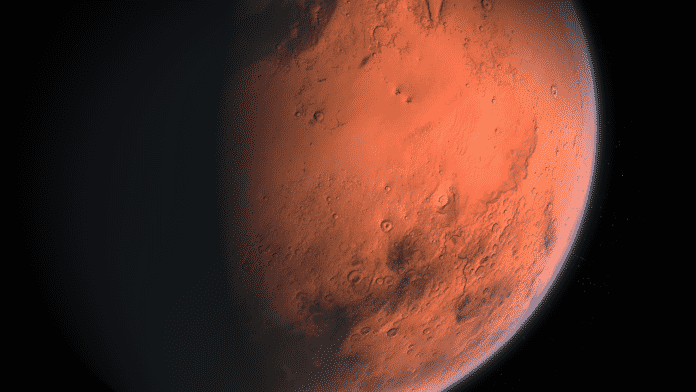It cannot be mid-February already…but it is, and time is flying as fast as the Earth moves in its elliptical orbit around its star.
Those rotations of day and night just keep on at their steady swirl, even if we think time is going faster. If you have not yet shared an evening or predawn stroll with your favorite sweetheart, if the skies are clear you could take advantage of an opportunity to shower him or her with the gems in the sky.
Just a few more days until our most advanced Mars mission will land on the red planet. This month Mars has visitors from Communist China, Tianwen-1, a combination orbiter and rover, on February 11, and the United Arab Emirates craft, Hope, an orbiting mission, set to arrive on the 9th, in addition to the NASA Perseverance Rover and helicopter team that is scheduled to arrive on the 18th. Mars is a risky venture; only half of the missions succeed.
If you go outside after dark, Mars will be directly overhead-just tilt your neck way back and look straight up as you face south. If you stand with your left shoulder towards the sunrise spot in your yard and your right shoulder where you saw the sun set, then your nose will point south if you face forward.
While we have been enjoying the view of Saturn and Jupiter for months in the nighttime sky, those planets’ orbits and our own have moved them into the predawn sky just before sunrise. By the 20th they will be joined by faint Mercury between the two of them and slightly to the left of a line you imagine between the first two as you look east-southeast about half an hour before sunrise.
As a bonus to the view of planets, Scorpius, the huge summer evening treat (or threat if you so choose) is emerging from the dark sky to begin his trailing Orion the Hunter to bring about his demise. So far the Scorpion has not succeeded in his stalking the stalker of Taurus.
But hope springs eternal and neither hunter nor prey have been successful and we still enjoy the continual circle of danger-from our safe distance on earth.
If your favorite sky-watching involves lunar phases, on the 18th the fat crescent Moon will be near Mars, separated by just a few degrees. This would be a good time to bring out the binoculars for a scan of the lunar features.
While you are out in the evening, check out the stars following Orion. The Dog Star, Sirius is the brightest point of light and marks the nose, heart, or rabies’ tag of Canis Major, or Big Dog. Above and a bit to the left is one lonely bright star that is part of the Little Dog, Canis Minor.
The Little Dog is sometimes called a hot dog by modern skywatchers who love to poke fun at life. Since the other stars of the constellation are faint, only two can be seen and a straight line makes it a hotdog. Procyonis part of an asterism named the Winter Hexagon and the Winter Triangle. The Winter Triangle is comprised of the stars Betelgeuse in Orion, Sirius, and Procyon.
The Hexagon includes the stars of Capella in Auriga, Aldebaran in Taurus, Pollux in Gemini, Procyon, Sirius, and Rigel in Orion. Checking out these beauties in the night sky reveals their color variations, with Sirius radiating all the colors of the spectrum, while the others have specific colors to entertain the casual viewer.
Until next week, KLU.




